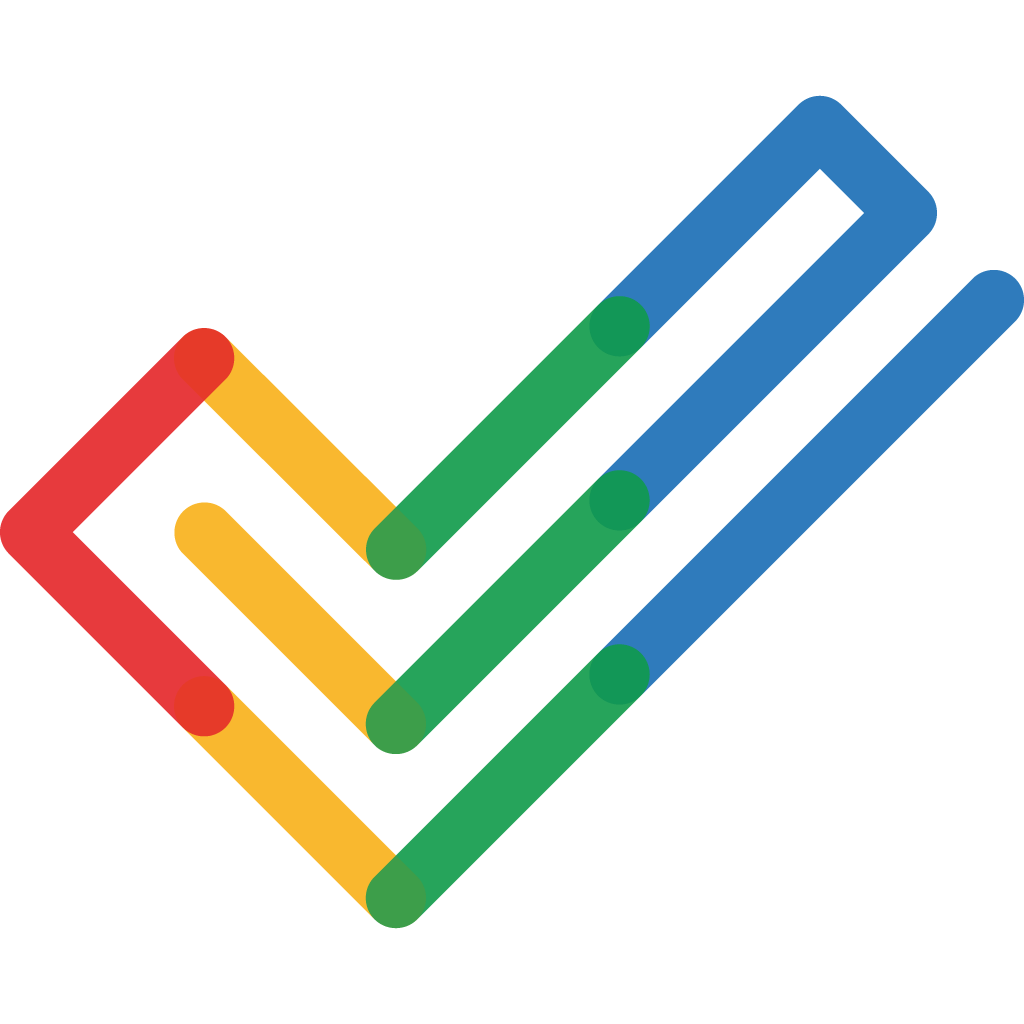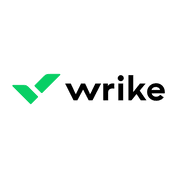Trackboard is a Project Management Software. Trackboard offers Recurring Task Management, Time & Expense Tracking, Task Management, Status Tracking, Resource Management and many more functionalities.
Some top alternatives to Trackboard includes Quickbase , Smartsheet, ClickUp, Zoho Projects and Height.
No, Trackboard doesn't provide API.
No, Trackboard doesn't provide mobile app.
Trackboard is located in London, United Kingdom
Trackboard offers Free Trial, Subscription pricing models
The starting price of Trackboard is $5/Month














